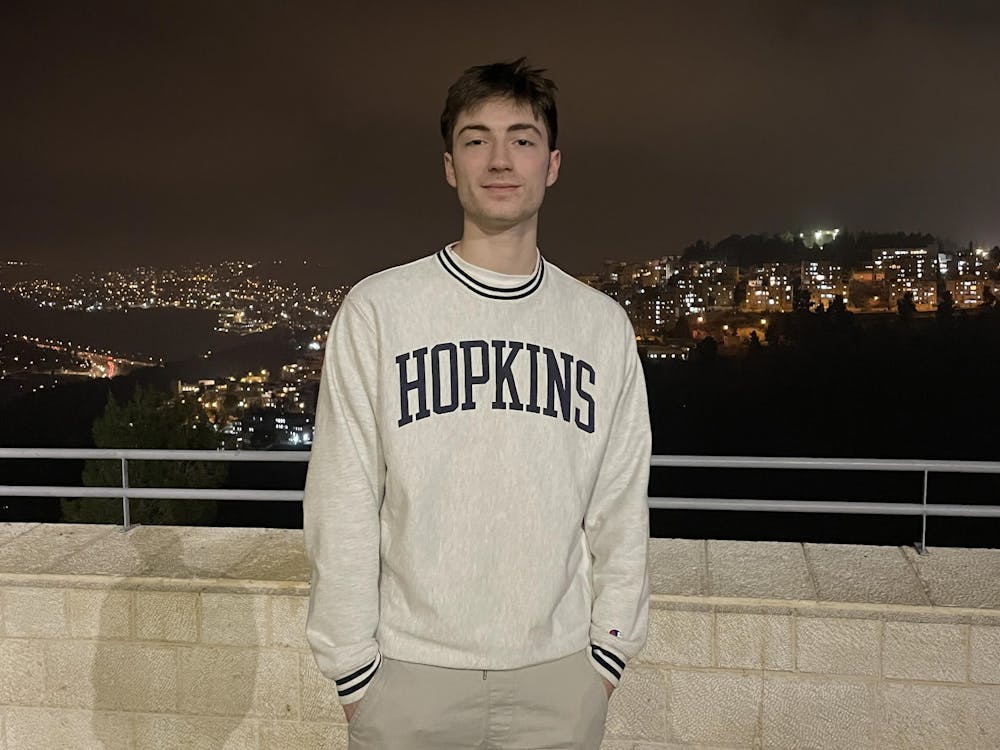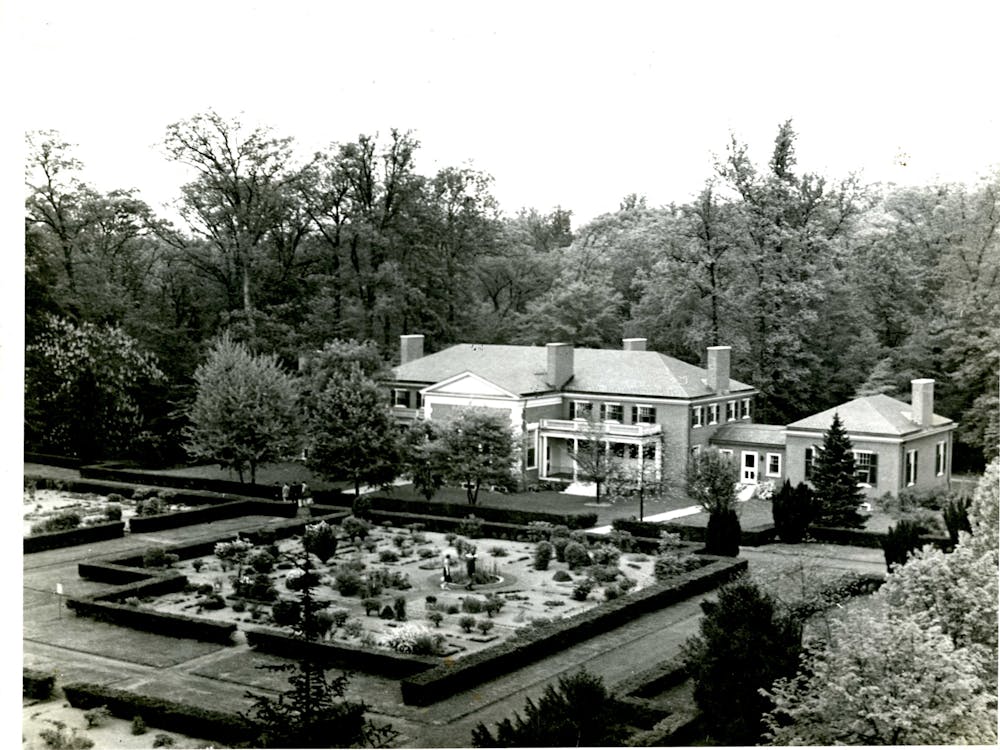With spring break just around the corner, many Hopkins students are looking forward to a week of fun and relaxation at home or traveling to a sunny location with friends. Others have chosen to spend their spring break here in Baltimore serving the community through JHU’s Alternative Breaks Program.
This year, the Center for Social Concern (CSC) is offering two programs to teach students about important issues affecting Baltimore: food justice and community development. Eighteen Hopkins students have signed up to participate in the student-led programs and will spend the week immersing themselves in service.
Junior Ezinne Ogbonna and freshman Osiris Mancera will be leading the Community Development Program. Both Ogbonna and Mancera had previously participated in CSC initiatives, the Community Impact Internships Program (CIIP) and Pre-Orientation, respectively, and wanted to become more involved with service work and community outreach. They believe that learning about Baltimore is essential for students at Hopkins.
“I think that what a lot of people tend to forget, especially being here at Hopkins and being very focused on academics, is that [they] live in Baltimore,” Mancera said. “This is one of the best cities to just get out there and learn so many different things.”
Ogbonna echoed those sentiments and stressed the importance of knowing the people and problems that affect the Baltimore community.
“Since we’re Hopkins students, it’s important to have a stake in the general community, the city that we live in,” she said.
Ogbonna and Mancera organized various activities for the Alternative Break program. For example, they will have workshops and screenings to educate students about the importance of community development. They also will volunteer with Habitat for Humanity; the soup kitchen known as Paul’s Place; Second Chance, an organization that provides work and rehabilitation for former inmates; and various organizations in Washington, D.C. The purpose of these experiences is to introduce students to the topic and help them understand it in depth.
“We want to get participants thinking about how service and being part of a community isn’t a one-time thing — it’s something you can implement into your life,” Mancera said.
Later in the week, the Community Development group will join forces with the Food Justice group to conduct the Modified Community Food Experience Simulation, in which they simulate what the process of buying food is like for people with difficult life circumstances, such as having an illness, low income or many family members to provide for. The purpose of the simulation is not only to demonstrate the complicated task of purchasing food for Baltimoreans, but also show students that the topics of community development and food justice are not mutually exclusive.
Sophomores Navya Ravoori and Anjie Ge will be leading the Food Justice program. Ravoori became interested in food justice after learning about the topic in her classes. She said that not many people understand what food justice is, and it is therefore important for students to learn about how the issue affects individuals and communities.
“Food justice is the right to access to healthy and affordable food,” she said. “The big thing when you think about communities like Baltimore and other urban communities, is food deserts. A lot of the areas in Baltimore don’t necessarily have supermarkets... with healthy and fresh food available.”
Ravoori explained that since supermarkets are not always easily accessible, many Baltimoreans shop at corner stores and take-out places. However, sourcing the majority of one’s food from those two places can lead to an array of health problems, such as Type II Diabetes, heart problems and other diseases. She also talked about the factors that contribute to the difficulties people have in accessing healthy food. Lack of reliable transportation, limited stocking space in stores and restricted financial resources all play a part in a person’s ability to have the best choices in their food.
Ravoori talked about the activities that she and Ge have developed for the week. Students will volunteer at Real Food farms, Movable Feast, a company that makes and delivers food to people with chronic illnesses, specifically HIV/AIDs, and the Maryland Food Bank. There will also be exercises to prompt students to think about the realities that many Baltimoreans face when trying to find their next meal. Ravoori emphasized that the goal of alternative break program is not to attempt to solve a problem within one week, but rather to catalyze a commitment to service and to encourage students to become more involved in the long-term.
“I think the biggest [problem] we face at Hopkins is not that students don’t want to get involved in the community, but they perceive limitations on how they can get involved,” she said.
Assistant Director of the CSC Caroline Ouwerkerk emphasized that structure of the Alternative Breaks Program helps to foster more mindful and conscientious volunteers. She said that the Active Citizen Continuum, developed by national non-profit Break Away, is a key component to the CSC’s philosophy of service. Students progress from members who are not concerned with their role in social problems, to volunteers who may be well-meaning, but are not well-educated about the issues, to conscientious citizens who are concerned with discovering underlying problems, to active citizens who believe the community is a priority in their lives. Ouwerkerk and the CSC work to teach students extensively about the social justice issues behind the service in order to help them understand the circumstances that create the problems. They also incorporate discussions and reflection into the Alternative Breaks program.
“If you go do service but don’t ever process or talk about it, you might end up reinforcing negative stereotypes,” she said. “You don’t get the chance to make meaning from your lived experience, and that is a tremendous part of the learning process.”
She explained that while the alternative breaks movement is present at many universities across the country, Hopkins stands out.
“The idea behind an alternative break is that it’s an immersive experiential learning opportunity for a small group of students to focus on a particular social justice issue for a sustained, intense period of time,” Ouwerkerk said. “Most other [universities] do alternative breaks differently than we do. They tend to send their students away from the location of the institution... Hopkins is unique because we do all of our trips in Baltimore city. It is a reflection of the Hopkins commitment to focus on the community of which we are a part.”






















Please note All comments are eligible for publication in The News-Letter.